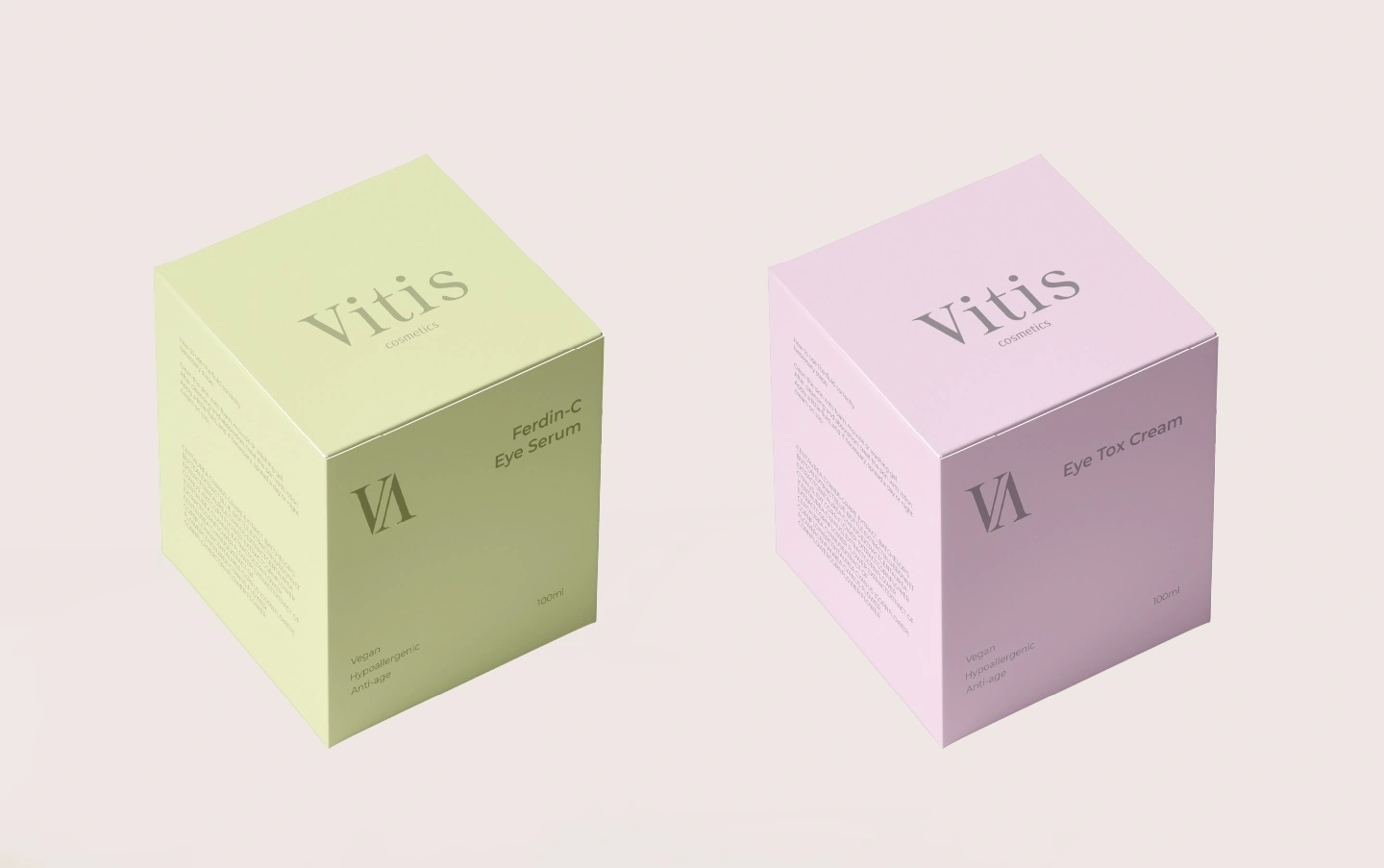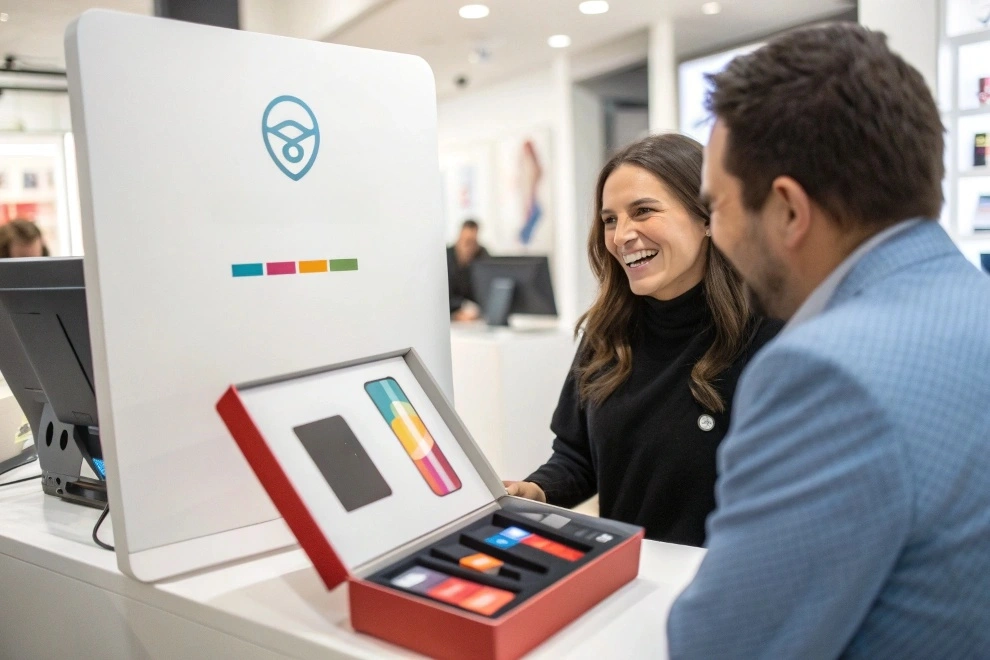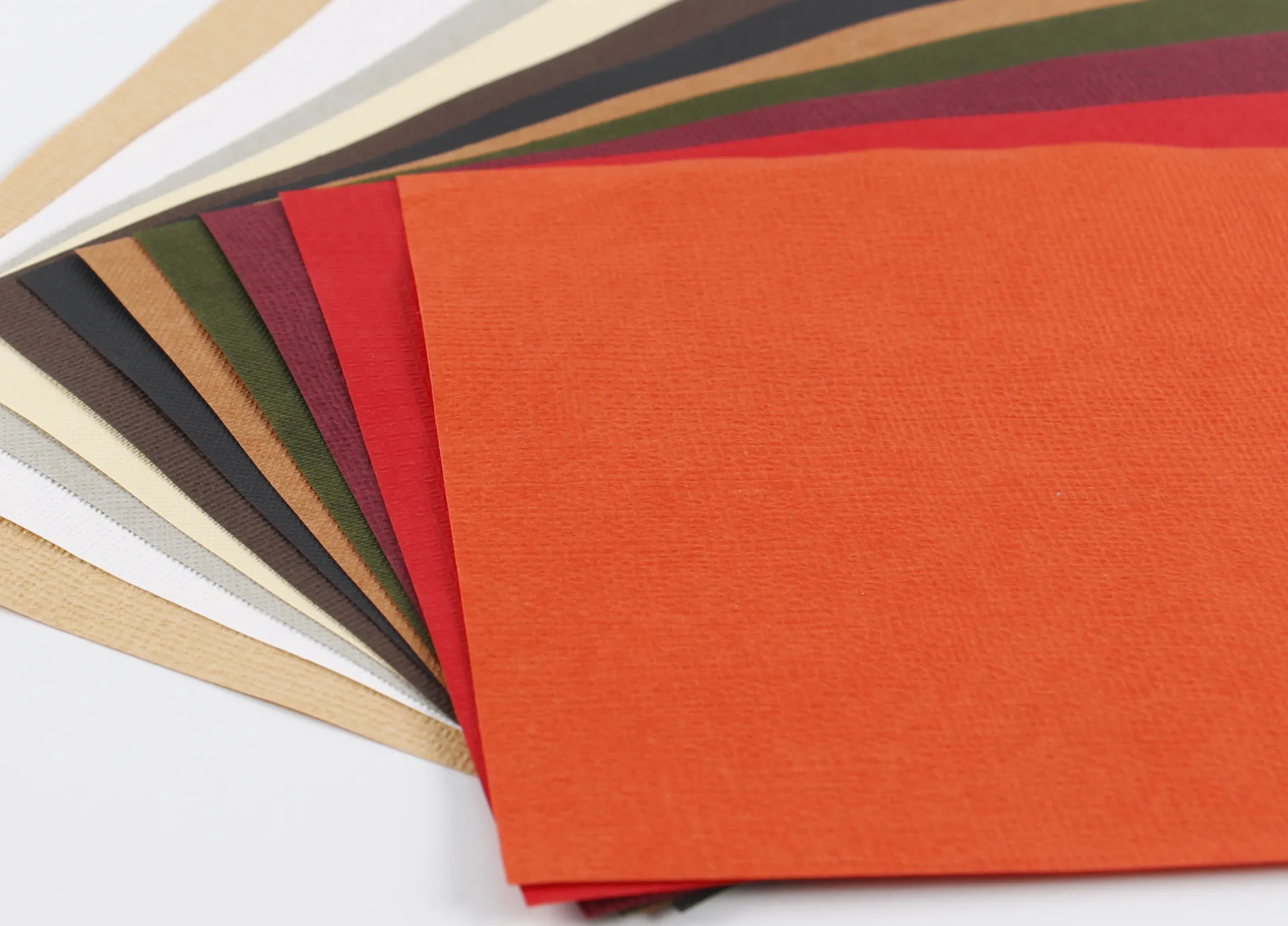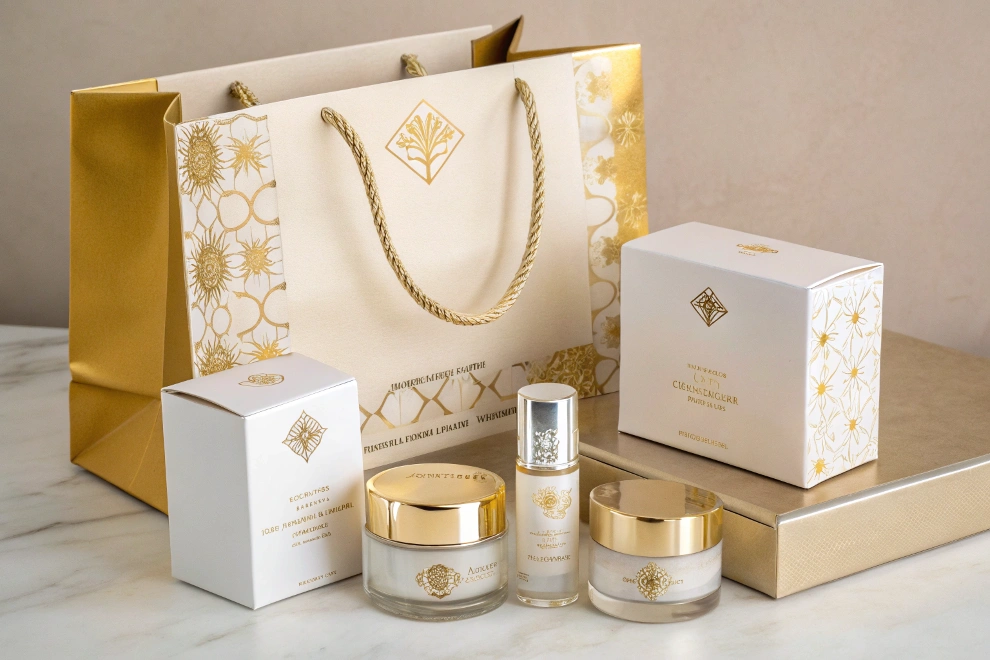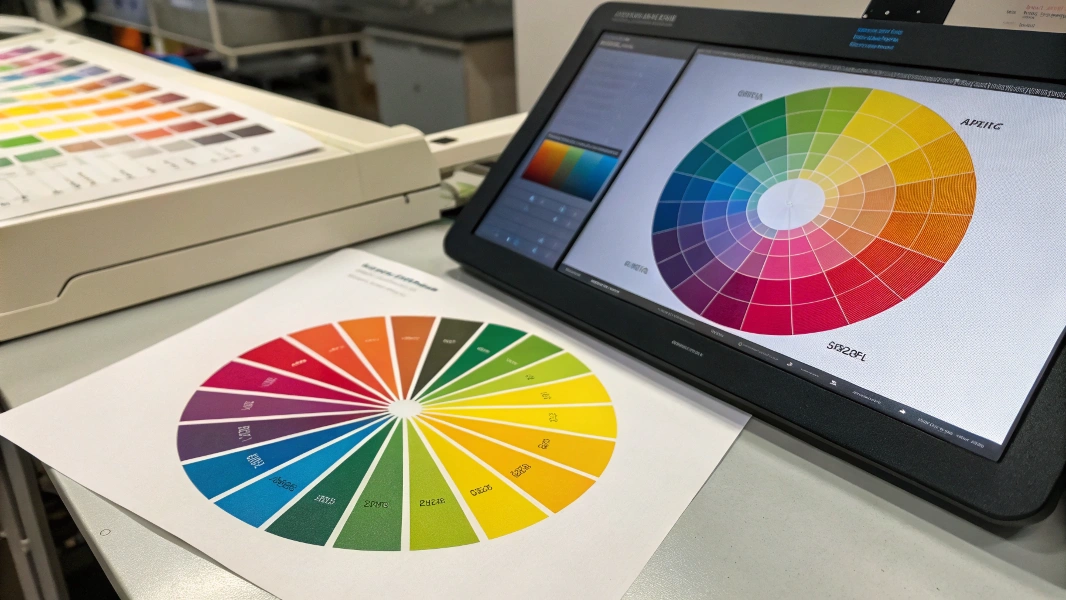A great product relies not only on superior quality but also on exceptional packaging design, which plays an equally vital role in capturing consumer attention, conveying brand values, and ultimately driving sales. Meticulously crafted packaging does more than catch the eye—it engages multiple senses through visual appeal and tactile experience, creating a memorable brand impression that sparks purchase desire.

Sophisticated, well-executed packaging elevates a product’s perceived value, enhances brand prestige, and can significantly boost commercial performance. However, achieving packaging that balances aesthetics with functionality begins with understanding foundational box structures. Each packaging type possesses unique structural characteristics, production requirements, and ideal product applications.
By mastering these core packaging formats, designers and manufacturers can make informed decisions during development and production. This reduces costly revisions, shortens lead times, and ensures timely market launches—critical factors for a successful product campaign.

This comprehensive guide explores the 10 most essential and widely used packaging box types in modern industry. Whether you’re a packaging designer, brand owner, or product marketer, this knowledge will empower you to select the optimal packaging solution tailored to your product’s specific needs.
1. Double Insert Box (Top and Bottom Insert)
The double insert box is one of the oldest and most classic box styles, widely used across various industries. Its simple structure features top and bottom insert ears that allow the box to open from the top and bottom or just one side. Typically made from white cardboard, these boxes are cost-effective and easy to produce, requiring only die-cutting and folding.
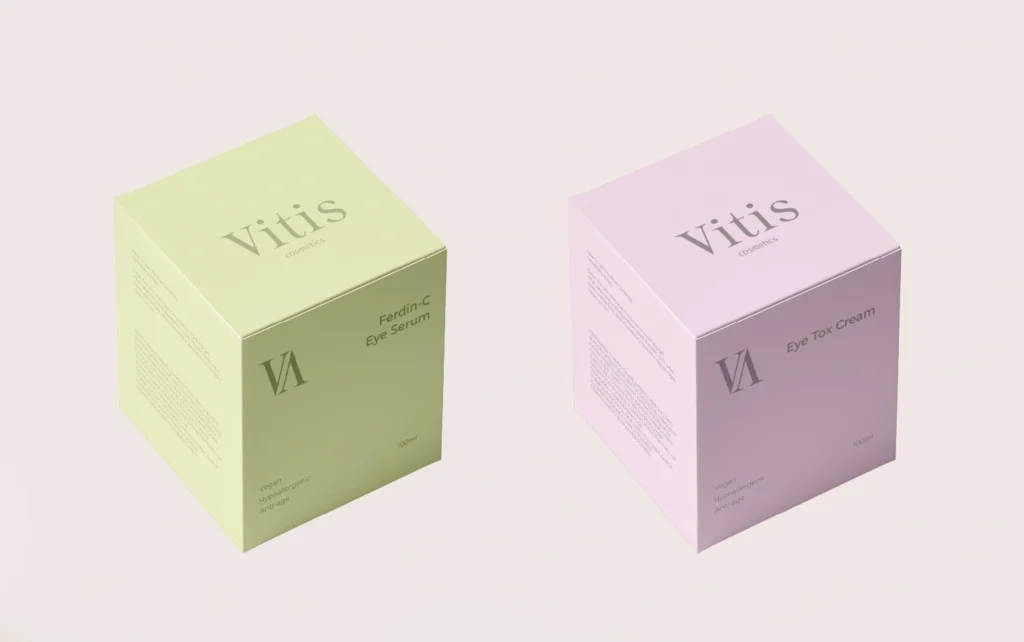
Advantages:
- Low production cost and fast manufacturing.
- Suitable for lightweight products such as cosmetics, toothpaste, and small accessories.
- Simple design allows for quick customization with printed graphics.
Disadvantages:
- Limited premium feel and texture; perceived as lower-end packaging.
- Low differentiation potential in crowded retail environments.
Ideal Applications:
- Inner boxes for multi-layer packaging.
- Basic gift boxes or product sleeves.
- Products requiring economical, lightweight packaging.
With creative printing and finishing techniques, double insert boxes can still stand out on retail shelves despite their simple structure.
2. Lock Bottom Box
The lock bottom box features a clever design where the bottom flaps interlock to secure the base without adhesives or staples. This self-locking mechanism provides superior load-bearing capacity and structural integrity compared to double insert boxes.
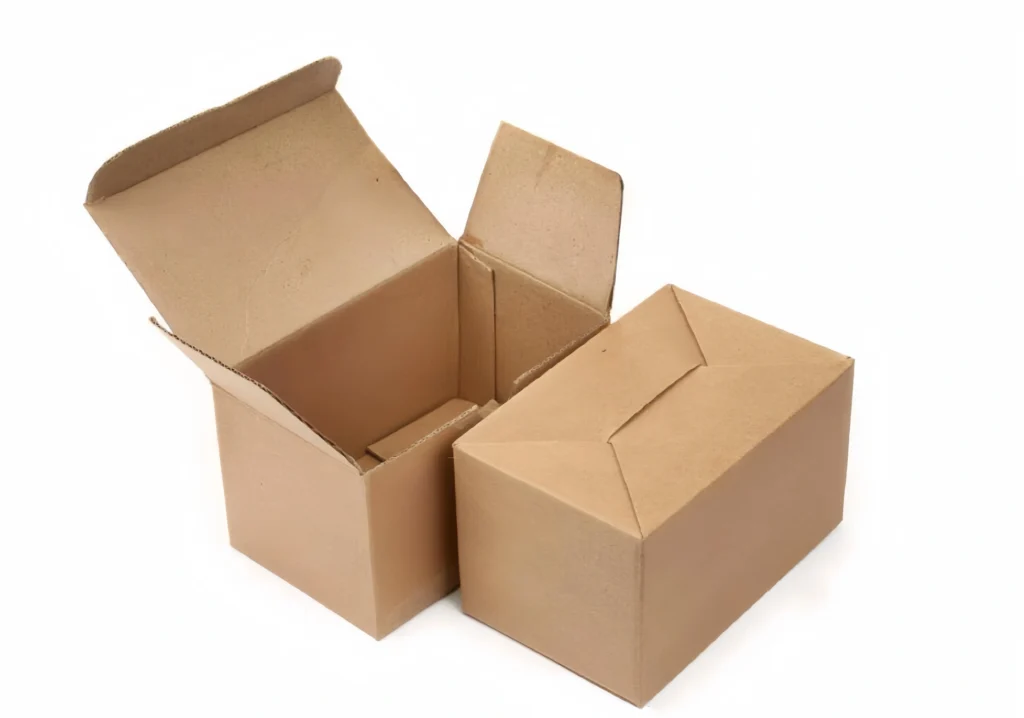
Advantages:
- Stronger and more stable than traditional insert boxes.
- Environmentally friendly due to no glue usage; easier to recycle.
- Suitable for medium-weight products.
Disadvantages:
- Slightly more complex manufacturing process.
- Higher production cost relative to simpler box types.
Ideal Applications:
- High-end cosmetics and skincare packaging.
- Electronic gadgets and accessories.
- Products requiring sturdier packaging without compromising recyclability.
The lock bottom box balances durability and sustainability, making it a popular choice for premium yet eco-conscious brands.
3. Folding Carton (Mailer Box)
Named for its unfolded shape resembling an airplane, the folding carton is a single-piece design that folds into a three-dimensional box without the need for glue. This design is widely used for shipping and retail packaging due to its cost efficiency and ease of assembly.
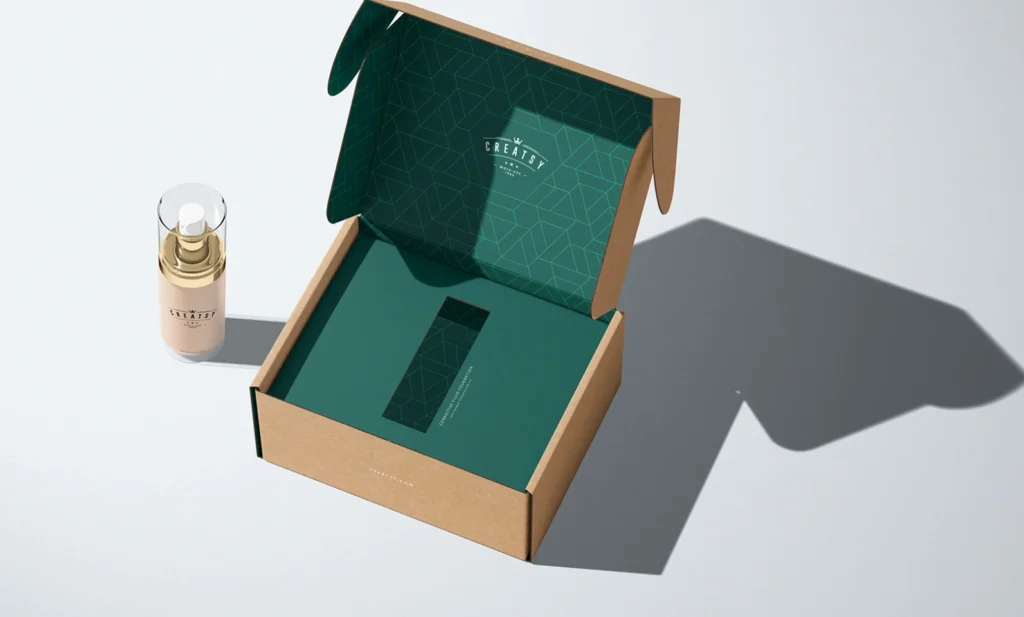
Advantages:
- No gluing required, reducing production costs.
- Excellent compression resistance for shipping.
- Easy to fold and store flat before use.
Disadvantages:
- Limited printing complexity; intricate designs are challenging.
- Bulkier than some other box types, increasing shipping costs.
Ideal Applications:
- E-commerce shipping boxes.
- Electronics, food packaging, and some luxury goods.
- Promotional and subscription boxes.
Folding cartons offer an excellent balance of protection and cost-efficiency for products requiring sturdy transit packaging.
4. Carry Box (Handheld Gift Box)
Carry boxes consist of a box body and a lid, often equipped with a handle for easy transport. These boxes provide ample capacity and a premium look, making them a favorite for gift packaging.
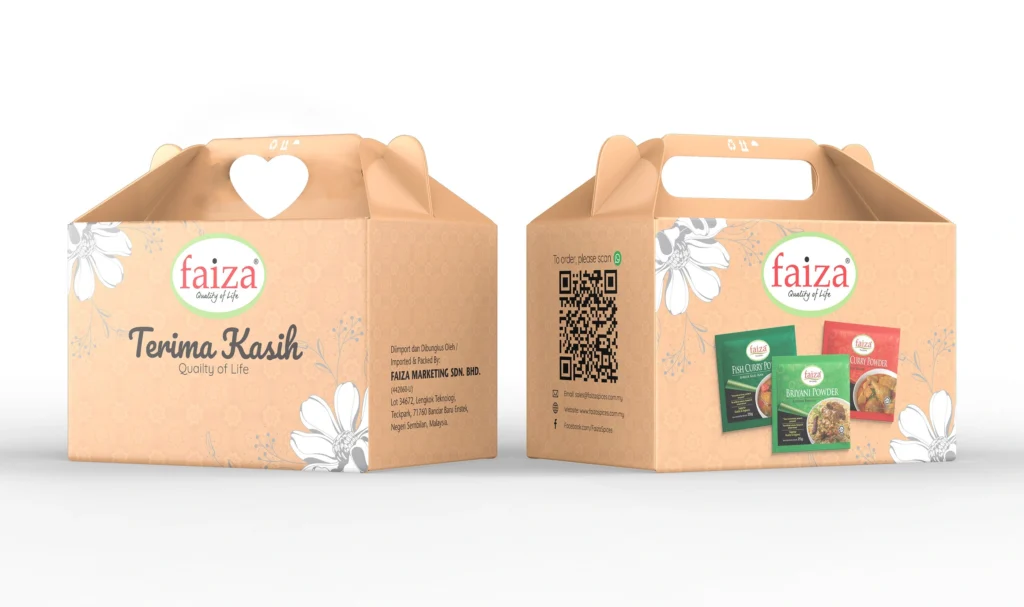
Advantages:
- Convenient and comfortable to carry.
- Enhances the perceived value of the gift.
- Sturdy construction protects contents.
Disadvantages:
- Higher production cost due to handle integration.
- Handle design must consider load-bearing and ergonomics.
Ideal Applications:
- Luxury gift sets.
- Jewelry, cosmetics, and holiday gift boxes.
- Corporate gifting and promotional packaging.
Carry boxes combine functionality with elegance, ideal for brands seeking to impress consumers with premium packaging.
5. Roof Box
The roof box, named for its distinctive roof-like shape, is typically made from multi-layer composite corrugated paper. The outer plastic film layer provides moisture resistance, while the fiber middle layer offers strength and form retention. Side holes allow for string handles, making it easy to carry.

Advantages:
- Excellent load-bearing capacity.
- Attractive and unique design.
- Environmentally friendly materials and reusable structure.
Disadvantages:
- Larger volume may increase storage and shipping costs.
- Design suited for specific product types.
Ideal Applications:
- Specialty food gift boxes.
- Seasonal and New Year gift packaging.
- Egg cartons and other fragile goods.
The roof box is both practical and visually appealing, perfect for products requiring sturdy, reusable packaging.
6. Drawer Box
Drawer boxes feature a sliding drawer mechanism, consisting of an outer sleeve and an inner tray. Constructed from thicker paperboard, these boxes offer a luxurious tactile experience and robust protection.

Advantages:
- High-end look and feel.
- Easy access to contents with smooth sliding action.
- Durable and reusable.
Disadvantages:
- Complex manufacturing process.
- Higher production costs.
Ideal Applications:
- Premium jewelry and watch boxes.
- High-end apparel and accessory packaging.
- Gift boxes requiring elegant presentation.
Drawer boxes are synonymous with luxury packaging, perfect for brands emphasizing quality and sophistication.
7. Packaging Box With Plastic Handle
This kind of Packagings are essentially boxes with cut-out holes and attached handles made from rope or plastic, designed for easy carrying.
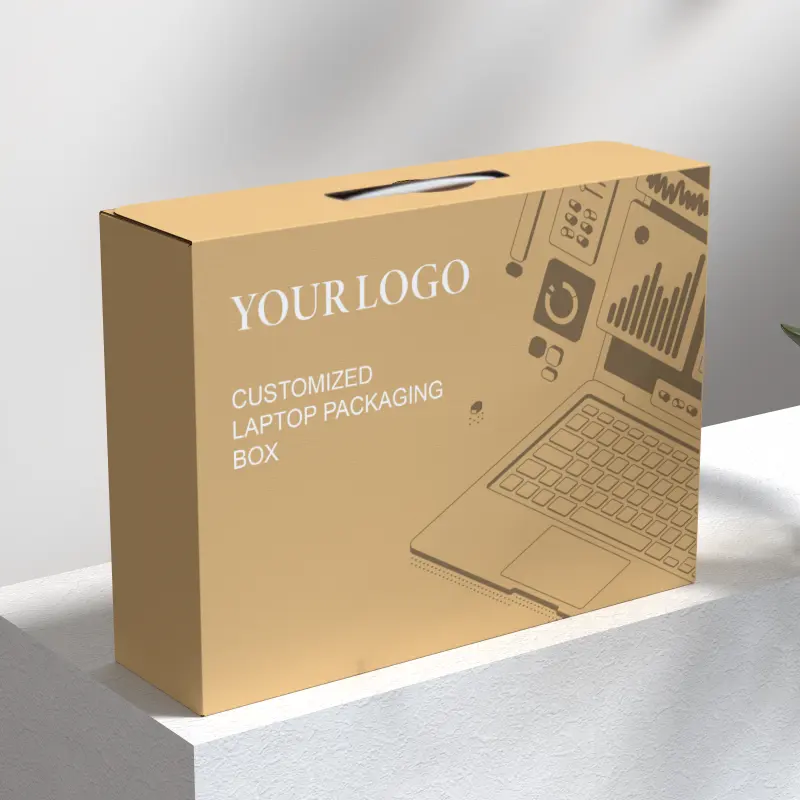
Advantages:
- Lightweight and easy to produce.
- Convenient for consumers to carry.
- Cost-effective for promotional use.
Disadvantages:
- Lower security; items may fall out.
- Less protective than rigid boxes.
Ideal Applications:
- Lightweight products.
- Event giveaways and promotional packaging.
- Retail shopping bags.
this kind of packages offer simple, functional packaging solutions where convenience outweighs protection.
8. Carry Lock Box
This box combines the sturdy lock bottom base with a handle on top, offering both strength and portability. The insert bottom structure ensures load-bearing, while the handle facilitates easy transport.
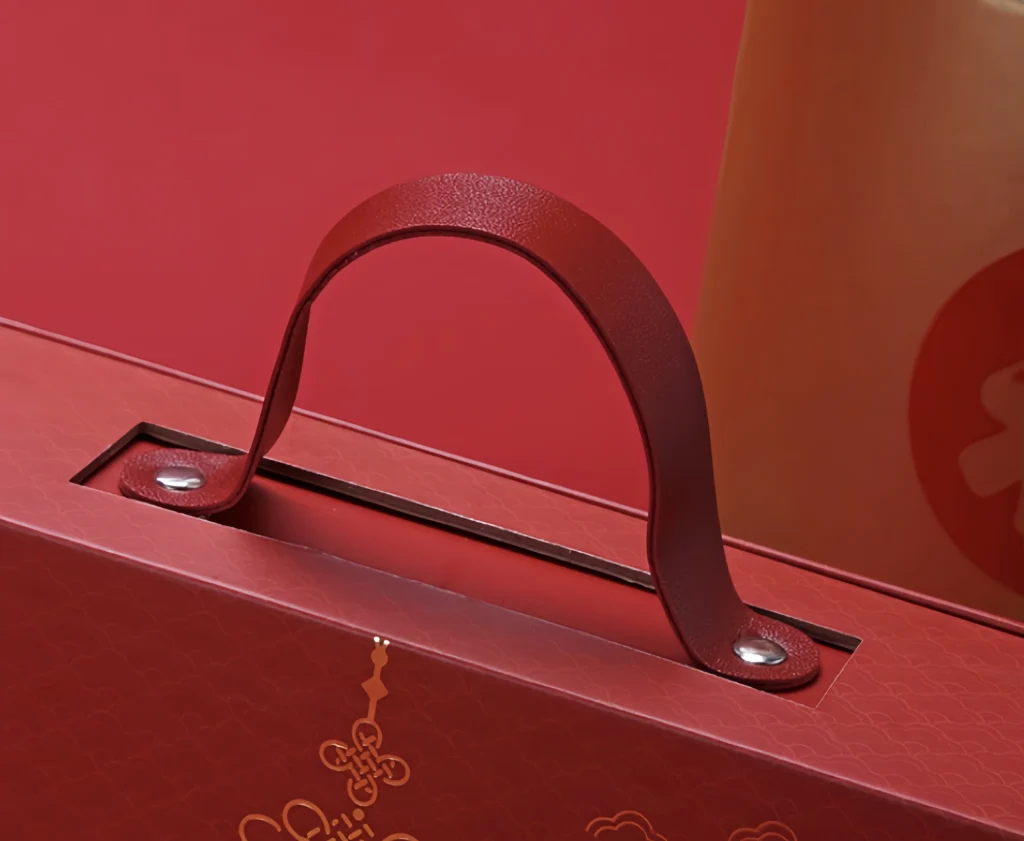
Advantages:
- Strong and durable.
- Easy to carry and assemble.
- Suitable for heavier products.
Disadvantages:
- Handle design requires careful engineering to avoid breakage.
- Slightly higher cost due to combined features.
Ideal Applications:
- Food gift boxes.
- Premium gift packaging.
- Transport packaging for fragile or heavy items.
Carry lock boxes are versatile, balancing robustness and user convenience.
9. Regular Carton
Regular cartons include corrugated cardboard boxes and single-layer paperboard boxes. They come in various specifications, such as three-layer, five-layer, and seven-layer constructions, combining liner paper, corrugated medium, and surface paper for protection.
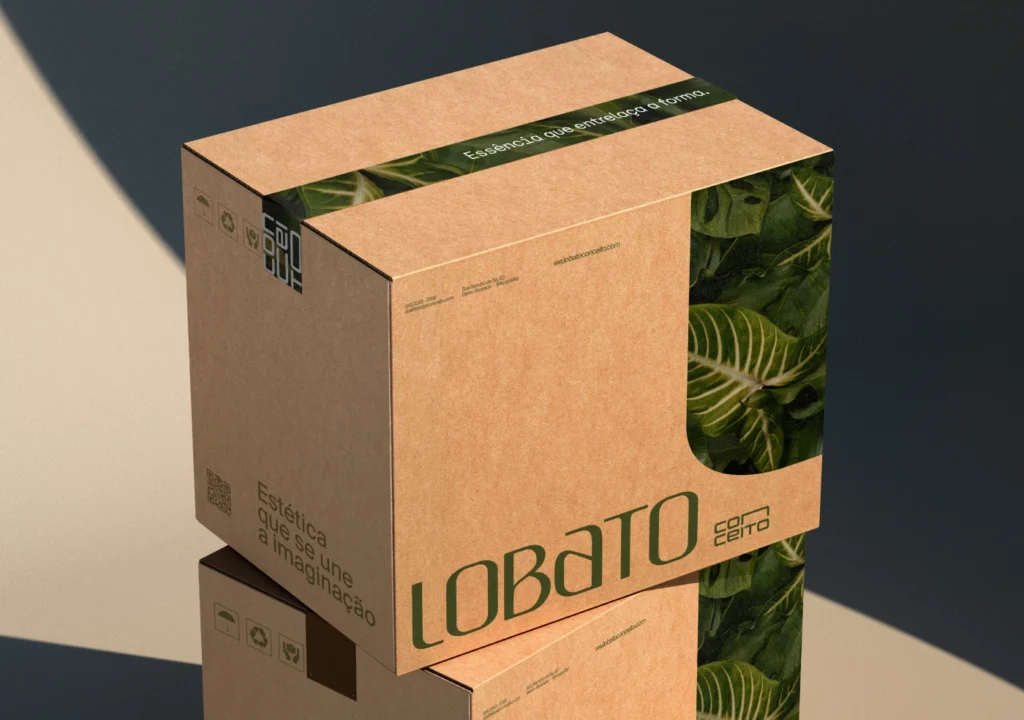
Advantages:
- Widely available and cost-effective.
- Excellent protection during shipping and storage.
- Easy to customize in size and strength.
Disadvantages:
- Plain appearance; less suited for retail display.
- Primarily functional rather than decorative.
Ideal Applications:
- Logistics and warehousing.
- Bulk packaging and wholesale distribution.
- Secondary packaging for transport.
Regular cartons remain the backbone of product distribution, ensuring safety and cost efficiency.
10. Rigid Box (Two-Piece Box)
Rigid boxes consist of a separate lid and base, with the lid slightly larger for easy fitting. Known for their sturdy construction and premium feel, they are often used for luxury product packaging.
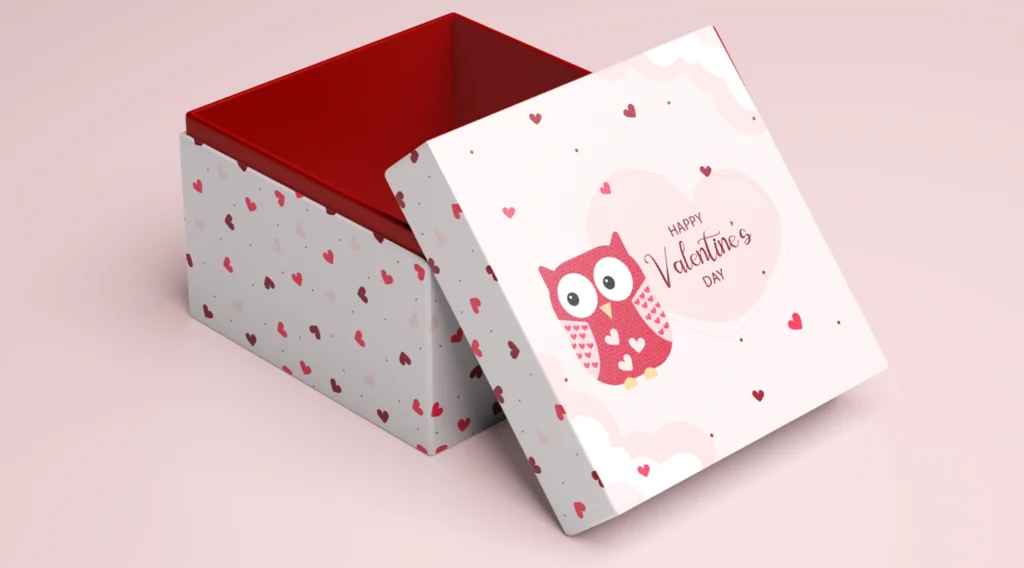
Advantages:
- Superior structural integrity and durability.
- High-end tactile experience.
- Suitable for intricate printing and finishing.
Disadvantages:
- Higher material and production costs.
- Typically heavier than other box types.
Ideal Applications:
- Jewelry, watches, and accessories.
- Premium apparel packaging.
- Gourmet food and gift boxes.
Rigid boxes symbolize luxury and exclusivity, making them a top choice for upscale brands.
Conclusion
Mastering these 10 core packaging box types is essential for packaging designers, brand owners, and marketers aiming to create impactful packaging solutions. Each box type offers unique benefits and is suited to specific product categories and marketing goals.
Selecting the right box type involves balancing factors such as product weight, fragility, brand positioning, cost constraints, and environmental considerations. Beyond box structure, material choice, printing techniques, and sustainable practices further influence the final packaging quality and consumer perception.
By leveraging this comprehensive understanding, you can design packaging that not only protects and presents your product beautifully but also strengthens brand identity and drives consumer engagement.
We hope this detailed guide empowers your packaging design journey and helps you craft stunning, effective packaging that stands out in the marketplace.

